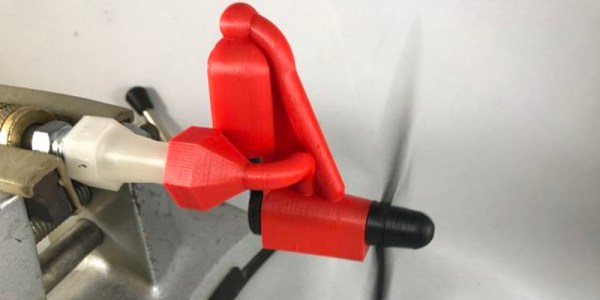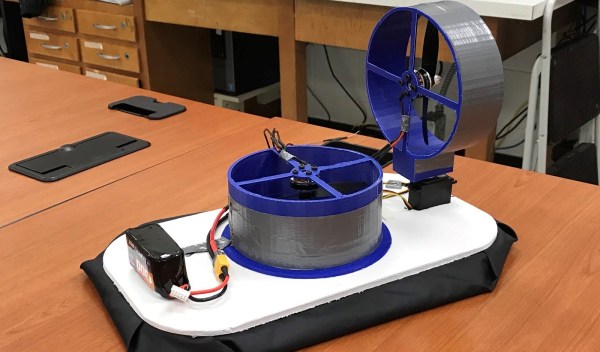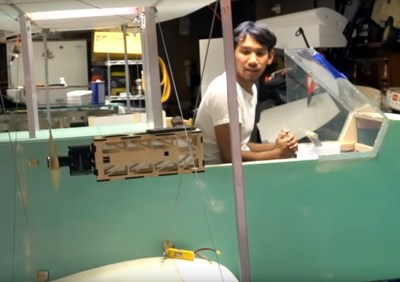You know what next week is? Sparklecon! What is it? Everybody hangs out at the 23b Hackerspace in Fullerton, California. Last year, people were transmuting the elements, playing Hammer Jenga, roasting marshmallows over hot resistors, and generally having a really great time. It’s the party for our sort of people, and there are talks on 3D projection mapping and a hebocon. I can’t recommend this one enough.
The STM32F7 is a very, very powerful ARM Cortex-M7 microcontroller with piles of RAM, oodles of Flash, DSP, and tons of I/O. It’s a relatively new part, so are there any breakout or dev boards for it? Sure thing. [satsha] used a desktop CNC mill to create what is probably the simplest possible breakout board for the STM32F7. There’s not much here — just some parts for power and a few LEDs — but this is all you need to get one of these powerful chips up and running.
It’s cold and dark and you can’t fly RC airplanes in January. It’s not because planes and quadcopters don’t work in the cold (they should work better, but I’d love to see a graph of battery temperature and density altitude), it’s that your hands don’t work in the cold. What’s the solution? Just strap some motorcycle handwarmer thingies onto your transmitter. With a 2200 battery strapped to the back, you’ll get about an hour of runtime for these handwarmers.
The BBC is reporting the latest advancement in Hyperloop technology. Is it a fundamentally different way of digging tunnels that isn’t simply scaling down the size of tunnel boring machines? No. Is it improvements in material science that would allow the seals on a 500-mile-long steel pressure chamber to exist? No. Does this latest advancement mitigate the ‘hillbillies with guns’ problem that would turn every Hyperloop car into a literal bullet screaming towards one of the most spectacular deaths possible? No. The chief executive of the Virgin Hyperloop project has something better in mind. A smartphone app, “that would connect future Hyperloop passengers with other modes of transport on arrival.”








 The power system is another matter entirely.
The power system is another matter entirely. 








